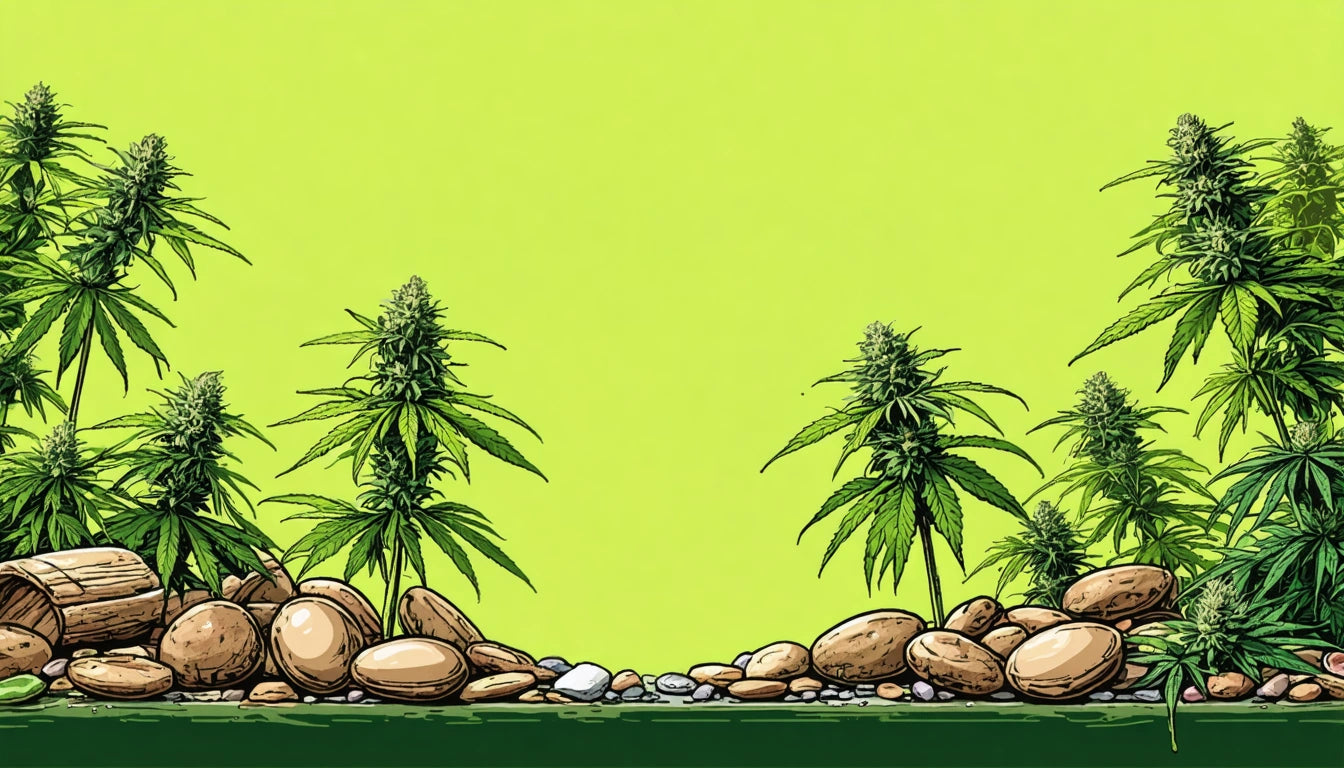Table of Contents
Understanding "Mary Jane": The Origins and Cultivation of Marijuana
Cannabis has acquired numerous nicknames throughout its long history, but few have remained as enduring and recognizable as "Mary Jane." This term has permeated popular culture, music, and everyday conversation. But why is weed called Mary Jane? Where did this nickname originate, and how has it influenced our understanding of cannabis? This guide explores the origins of this famous moniker and provides insights into cultivating this versatile plant.
Origins of the 'Mary Jane' Nickname
The term "Mary Jane" originated as a clever linguistic adaptation of the Spanish word "marijuana." When Spanish-speaking populations introduced cannabis to the United States, particularly along the southern border in the early 20th century, American English speakers created an anglicized version of "marijuana" by transforming it into "Mary Jane" - a common English name that phonetically resembled the original term.
As explained in this comprehensive guide on cannabis terminology, the nickname gained popularity during the 1960s and 1970s counterculture movement when coded language became necessary due to the plant's illegal status. Using "Mary Jane" allowed people to discuss cannabis without explicitly mentioning it, providing a layer of discretion during a time of intense prohibition.
Cultural Significance and Evolution of Cannabis Terminology
Why do they call weed Mary Jane when there are countless other nicknames available? The answer lies in cultural staying power. While terms like "pot," "grass," and "dope" have fluctuated in popularity, "Mary Jane" has maintained its place in the cannabis lexicon for generations.
The personification of cannabis as a female entity (Mary Jane) also reflects historical patterns in how plants with medicinal or psychoactive properties were often associated with feminine qualities. This anthropomorphism created a relationship between users and the plant that transcended mere consumption.
According to research on cannabis terminology across cultures, every society that has embraced cannabis has developed unique slang terms, with "Mary Jane" being distinctly American in origin but now recognized globally.
Growing Mary Jane: A Basic Guide for Beginners
For those interested in how to grow Mary Jane at home (where legally permitted), understanding the fundamentals of cannabis cultivation is essential. Cannabis is a remarkably adaptable plant but requires specific conditions to thrive and produce the desired effects.
Essential Growing Conditions
- Light: Cannabis plants typically require 18 hours of light during the vegetative stage and 12 hours during flowering.
- Temperature: Optimal growing temperatures range between 70-85 °F (21-29 °C) during the day and slightly cooler at night.
- Humidity: Young plants prefer 65-70% humidity, which should be gradually reduced to 40-50% during flowering.
- Growing Medium: Options include soil, coco coir, or hydroponic systems, each with distinct advantages.
- Nutrients: Cannabis requires different nutrient ratios during vegetative growth (higher nitrogen) versus flowering (higher phosphorus and potassium).
As outlined in this detailed guide on cannabis anatomy and growth, understanding the plant's structure helps cultivators make informed decisions throughout the growing cycle.
Key Cultivation Stages
The cannabis growing process can be divided into several distinct phases:
- Germination (3-10 days): Seeds sprout and develop their first set of leaves.
- Seedling (2-3 weeks): Young plants develop their characteristic fan leaves.
- Vegetative (3-16 weeks): Plants focus on growing stems, leaves, and branches.
- Pre-flowering (1-2 weeks): Plants reveal their sex and begin transitioning to flower production.
- Flowering (6-12 weeks): Female plants develop resin-rich buds containing cannabinoids.
- Harvesting: Mature buds are collected when trichomes reach desired color and opacity.
Preserving Your Harvest: Maintaining Potency and Freshness
After learning how to grow Mary Jane successfully, proper curing and storage become crucial for preserving potency and flavor. Maintaining the right humidity level is particularly important, as cannabis that's too dry becomes harsh and loses potency, while excess moisture can lead to mold growth.
Many cultivators rely on specialized humidity control products to maintain optimal moisture levels during the curing process and long-term storage. These two-way humidity regulators help prevent terpene loss and maintain cannabinoid integrity by creating a stable environment.
Proper storage containers also play a vital role. Glass jars with airtight seals protect against oxidation while allowing for periodic "burping" during the curing process to release excess moisture and gases.
Historical Perspective: From Medicine to Prohibition and Back
Understanding why marijuana is called Mary Jane connects to the plant's complex legal history. The nickname gained prominence during prohibition, when cannabis transitioned from a widely used medicine to a criminalized substance.
As documented in this historical analysis of cannabis prohibition, early anti-marijuana campaigns deliberately used the Spanish term "marijuana" instead of "cannabis" to associate the plant with Mexican immigrants and stoke xenophobic fears. The nickname "Mary Jane" emerged partly as a response to this racialized prohibition campaign.
Today, as cannabis returns to its medicinal roots through legalization efforts, understanding its cultural history, including its many nicknames, provides important context for the plant's journey through American society. The persistence of terms like "Mary Jane" demonstrates how deeply cannabis has been woven into cultural fabric despite decades of prohibition.
Whether you're interested in the linguistic origins of why weed is called Mary Jane or practical advice on how to grow Mary Jane at home, the story of cannabis remains one of humanity's most fascinating relationships with a plant species, continuing to evolve as legal and social attitudes shift worldwide.











Leave a comment
All comments are moderated before being published.
This site is protected by hCaptcha and the hCaptcha Privacy Policy and Terms of Service apply.